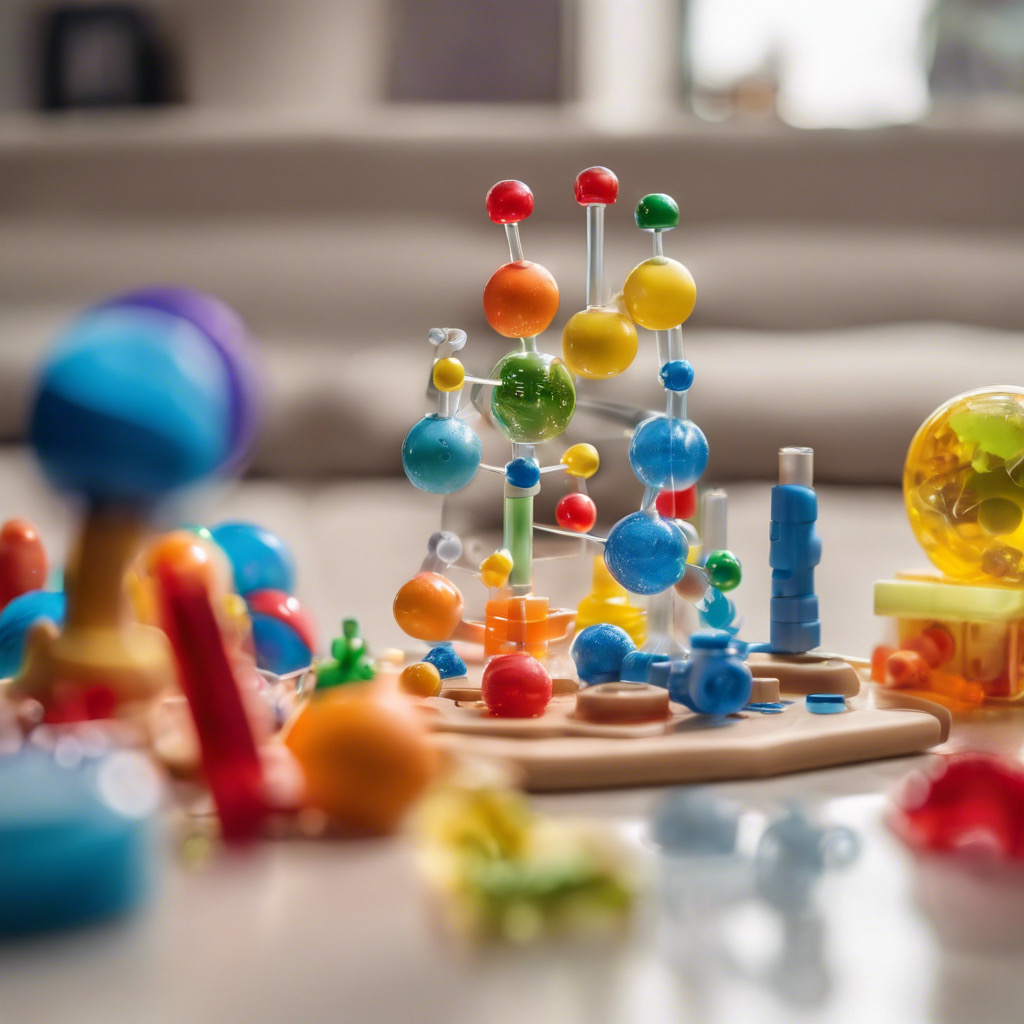
Introduction
- Overview of Autism and Sensory Processing
- Autism Spectrum Disorder (ASD) is a neurodevelopmental disorder characterized by difficulties with social interaction, communication, and repetitive behaviors.
- One critical challenge faced by individuals with autism is sensory processing issues—either being overly sensitive (hypersensitivity) or under-sensitive (hyposensitivity) to sensory stimuli like touch, sound, and light.
- Role of Sensory Toys
- Sensory toys are specially designed to help children with autism engage with their environment in a controlled and beneficial way.
- These toys can stimulate or calm the child, depending on their sensory needs.
- They can support the child’s development across physical, cognitive, and emotional domains by engaging their senses and providing appropriate stimulation.
1. Understanding Sensory Processing in Autism
- The Sensory System and Autism
- Description of the sensory system: The brain processes information from the five senses (touch, taste, sight, sound, and smell), as well as proprioception (sense of body position) and vestibular (balance) systems.
- Many children with autism have sensory processing disorder (SPD), leading to unusual responses to sensory input.
- Hypersensitivity and Hyposensitivity
- Hypersensitivity: Examples include children who are easily overwhelmed by noise, textures, or bright lights.
- Hyposensitivity: Some children may seek more stimulation, enjoying intense activities or sensations (e.g., spinning, jumping).
- The Role of Sensory Integration Therapy
- Sensory Integration Therapy is often used in occupational therapy for autistic children. It aims to help them process and respond appropriately to sensory input.
- Explanation of how sensory toys are integral to this therapy, helping to regulate the child’s response to sensory stimuli.
2. How Sensory Toys Engage the Brain
- Neuroscience of Play
- Play, especially sensory-based play, is critical for brain development. Sensory toys activate different parts of the brain, promoting neuroplasticity.
- Sensory experiences stimulate the formation of neural connections, particularly in areas of the brain responsible for processing sensory input.
- Types of Sensory Toys and Their Impact
- Visual Stimulation: Toys like light-up toys, sensory bottles, or glow-in-the-dark objects.
- Tactile Stimulation: Toys that offer different textures, such as squishy toys, kinetic sand, or textured balls, engage the child’s sense of touch.
- Auditory Stimulation: Toys that produce sounds, such as musical instruments or rattles, help children understand cause and effect while soothing or stimulating their auditory senses.
- Proprioceptive and Vestibular Stimulation: Toys like swings, balance boards, and trampolines help children develop spatial awareness and balance.
3. The Benefits of Sensory Toys for Autistic Children
- Cognitive Development
- Sensory toys help children develop problem-solving skills, improve attention span, and foster curiosity about the world.
- Engaging the senses during play enhances memory retention and cognitive flexibility.
- Motor Skills Development
- Fine motor skills: Toys that involve gripping, pinching, and manipulating small objects (e.g., puzzles, LEGO, or textured blocks) promote fine motor skills.
- Gross motor skills: Toys like balance boards or large building blocks improve coordination and physical strength.
- Emotional Regulation
- Sensory toys can be calming for children with autism, helping them manage overwhelming emotions during meltdowns.
- Weighted toys, fidget spinners, and soft plush toys can provide the soothing sensory input a child needs during stressful moments.
4. The Link Between Sensory Play and Social Skills
- Improved Communication
- Toys that encourage shared play can promote communication. For example, toys that involve taking turns or group interaction teach autistic children essential social skills like patience and cooperation.
- Building Social Connections
- Sensory toys can create opportunities for group play, allowing autistic children to interact with peers in a structured environment that reduces social anxiety.
5. Choosing the Right Sensory Toys Based on Needs
- Personalized Sensory Experiences
- Every child on the autism spectrum is unique, with different sensory preferences and sensitivities.
- Parents and caregivers should consider their child’s specific needs when selecting sensory toys. For example:
- A child with tactile hypersensitivity may benefit from soft, plush toys that are gentle on the skin.
- A child with a strong sensory-seeking behavior may enjoy toys that provide intense stimulation, like spinning toys or vibrating pillows.
- Trial and Observation
- It’s important for parents to observe how their child reacts to different sensory toys. This observation can guide future purchases and activities tailored to the child’s evolving needs.
6. The Future of Sensory Toys and Autism Therapy
- Technological Advances
- Emerging technologies, such as virtual reality (VR) and interactive robots, are being integrated into autism therapy. These advancements provide highly customizable sensory experiences that adapt to a child’s specific needs.
- Collaborations with Experts
- Toy manufacturers are increasingly working with occupational therapists, educators, and autism experts to develop toys that target specific developmental goals in autistic children.
- Sensory Toys in Educational Settings
- Sensory toys are not just for home use; many schools and therapy centers integrate sensory toys into their curricula to help autistic children engage in learning more effectively.
Conclusion
- The Power of Sensory Play
- Sensory toys offer tremendous benefits for children with autism, supporting their cognitive, motor, emotional, and social development. By engaging their senses in meaningful ways, sensory toys help children process the world around them and thrive.
- Encouraging Play with a Purpose
- Sensory play should be viewed as an integral part of a child’s daily routine, both for therapeutic and developmental purposes.
- Parents and caregivers should feel empowered to explore a variety of sensory toys and observe their child’s responses to create a more enriching play environment.